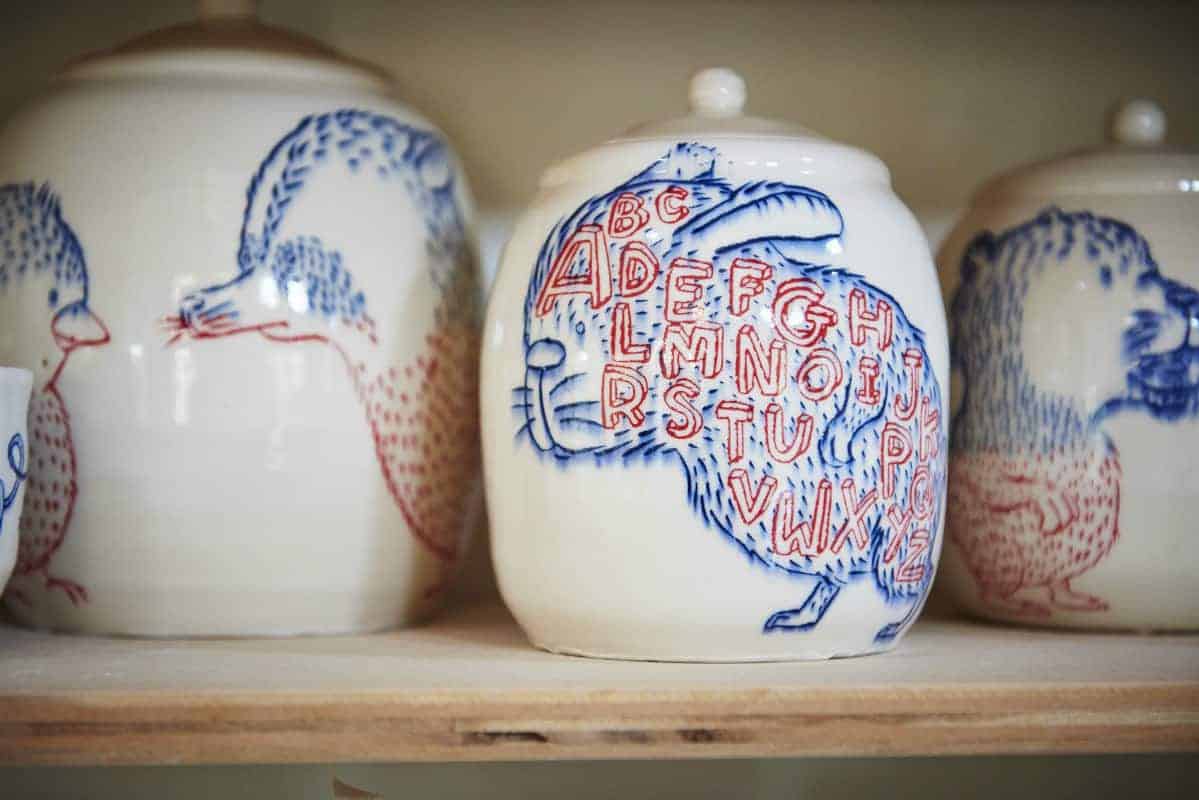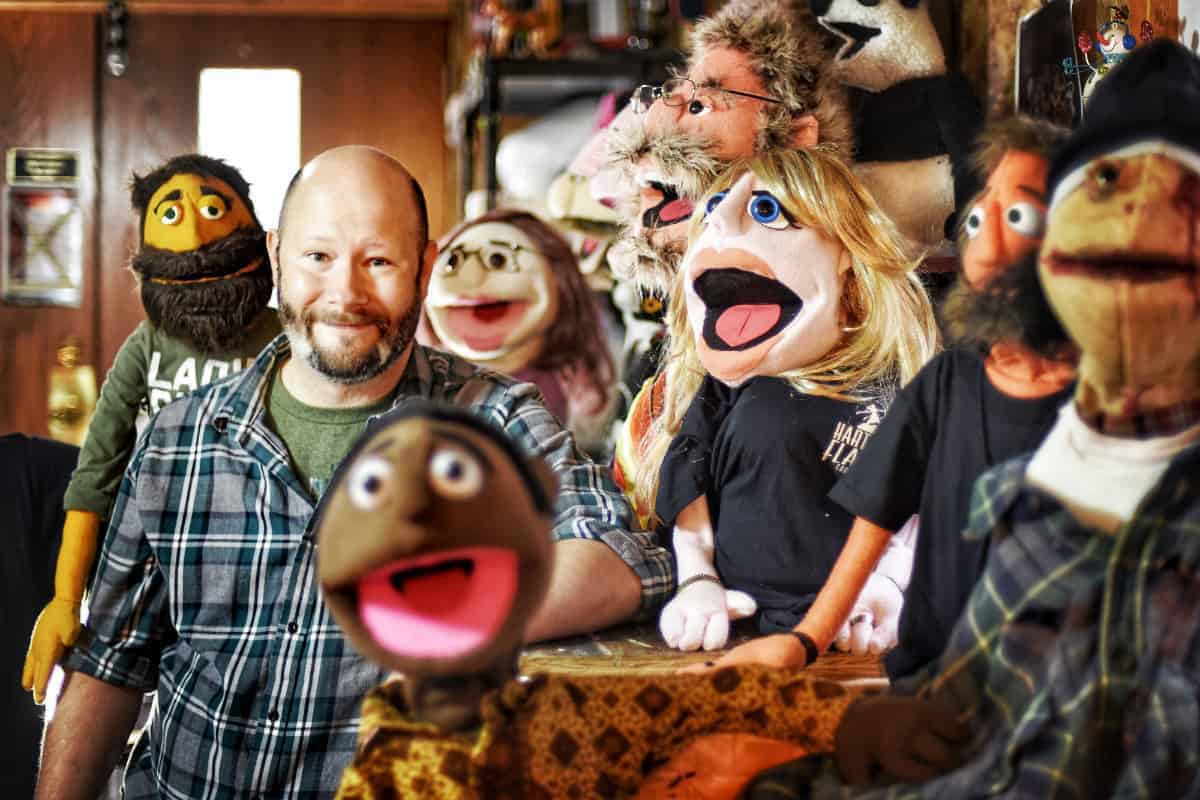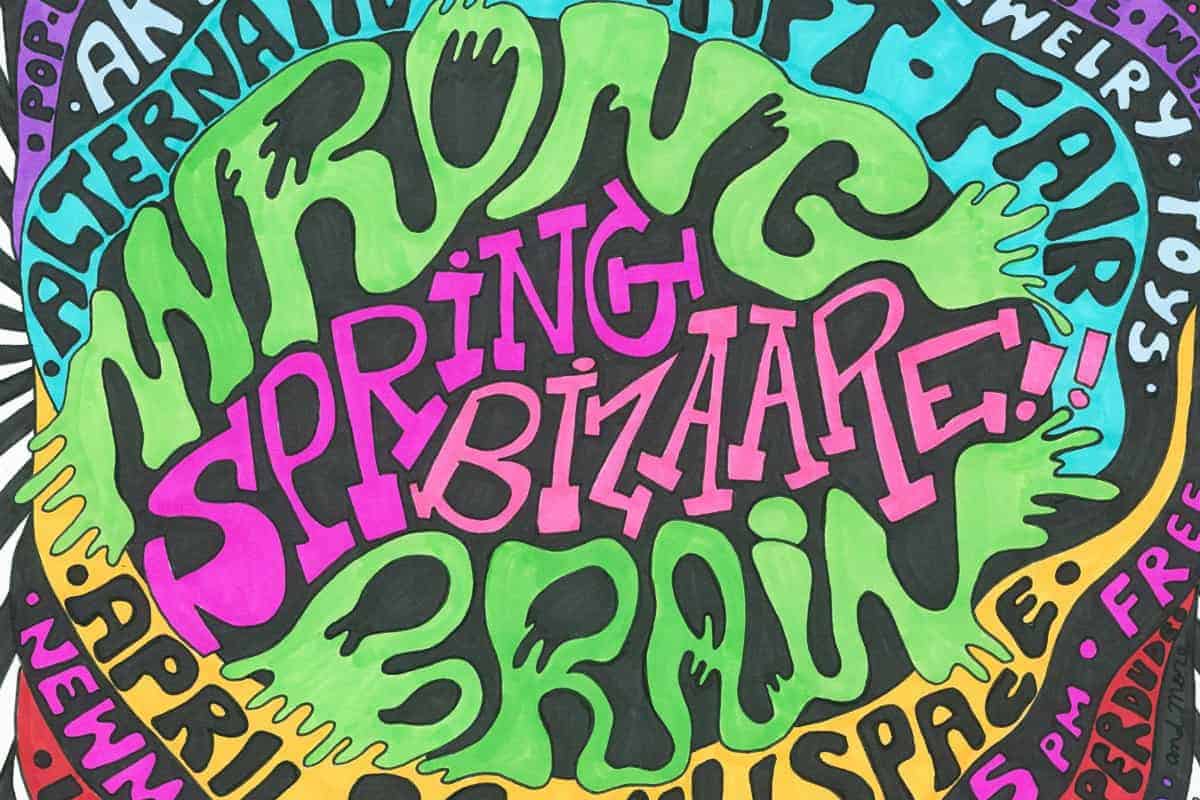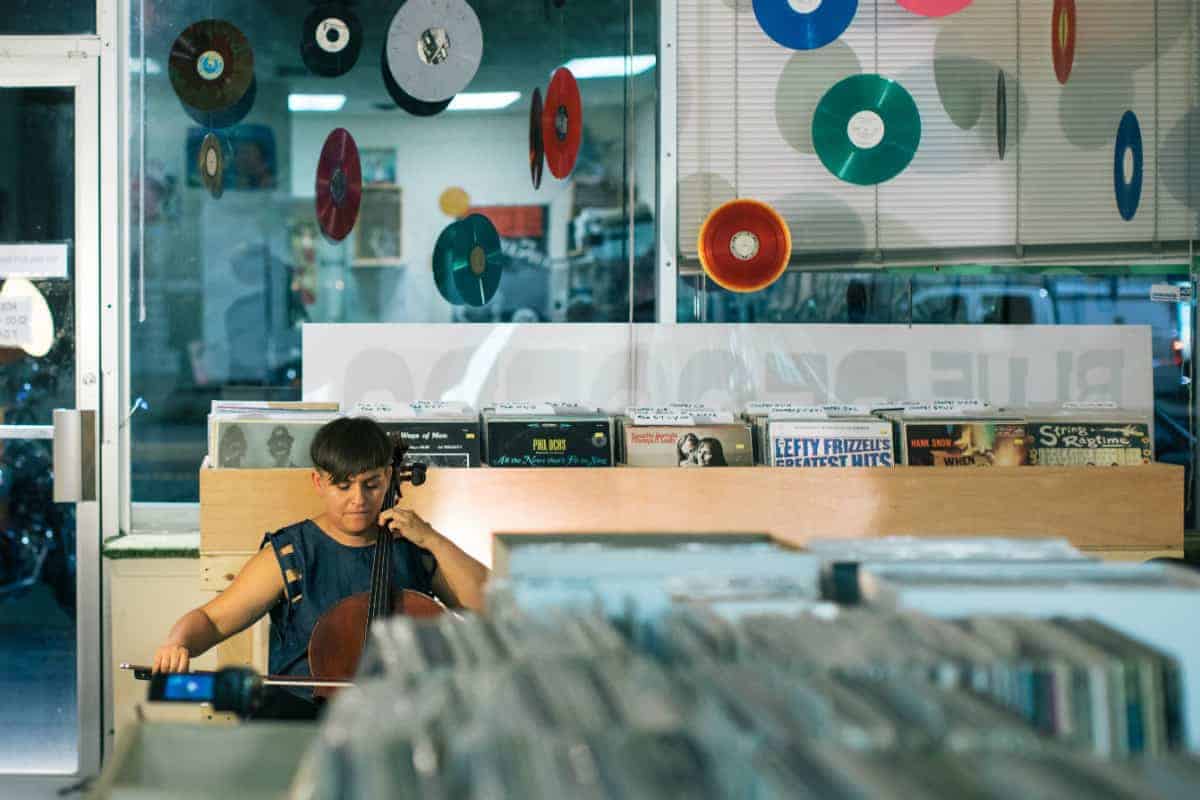Getting to know ceramicist/activist Ayumi Horie through eight (or so) objects in her Portland, Maine, home.
Portland-based potter, civic activist, and native Mainer Ayumi Horie is carving her own space, as a creator, as a lesbian, and as a person of color, in a mostly white, historic colonial New England neighborhood. She’s a full-time studio potter, and her work is inspired by folk traditions from American and Japanese cultures, and adamantly defined by its utility—you’ll see more ramen bowls and mugs than decorative objects, and she expects them to be used—and the process by which it’s made. As a board member of the American Craft Council and the Haystack Mountain School of Crafts, and curator of the popular crowdsourced project Pots in Action and civic engagement effort The Democratic Cup, Ayumi uses her position as a leader in the maker community to encourage civil, productive conversations about social issues, and to amplify the voices of makers across the country through these conversations.
Ayumi and her wife, Chloe Horie, don’t consider themselves collectors. While their home abounds with ephemera—from a 1960s mechanical Japanese massage chair to a stuffed grouse on the wall to the studio’s packing tape—the inclusion of these objects in the house reflects intent. It’s clear that nothing in the house is intended to be stared at from behind a museum rope, and while the house teems, there’s not the slightest hint of clutter.
Ayumi refers to herself as a maker more than a potter. While the maker moniker has become a symbol for those partaking in any sort of productive tinkering, Ayumi’s entire life is deeply ensconced in maker ideology. As she puts it, she’s interested in the “intersection of all making, whether you’re cooking or growing something in the garden. We’re all creative in myriad ways. It’s not about being a hermetic artist and showing off your genius; I really don’t believe in that idea at all.” Making, to Ayumi, means putting the requisite time and effort into all of one’s endeavors and engaging with the world in a consistently thoughtful way.
As Ayumi leads a tour of her idiosyncratic abode, accompanied by Chloe and Clover, their French bulldog, it becomes increasingly evident that she is serious about living up to her maker philosophy. Some of the inanimate inhabitants of each room—objects that may not, on the surface, seem to represent Ayumi’s practice as a potter or a civic activist—speak to her ideology as a breath-by-breath maker.
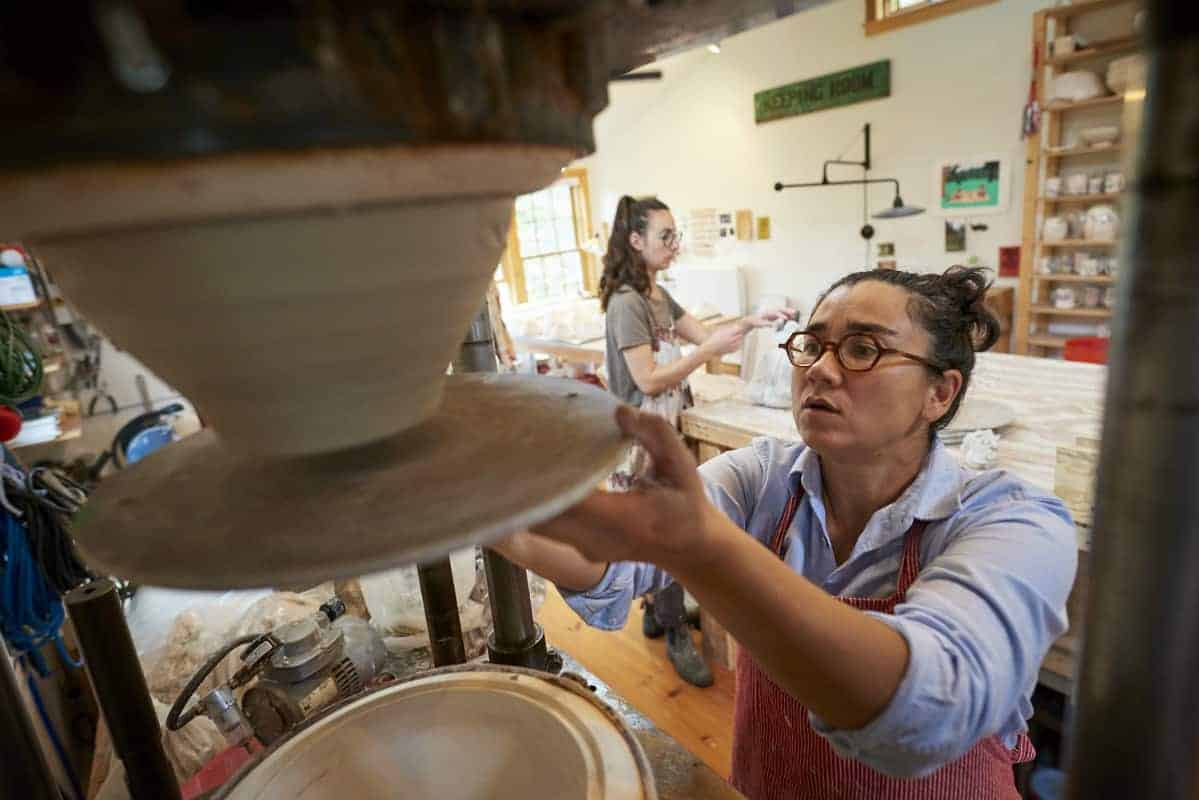
Ayumi Horie at work, at home. Photo by Aaron Flacke
1. A Revolutionary War Painting
Featured prominently in Ayumi and Chloe’s living room is a painting of the Burning of Falmouth (a Portland-famous Revolutionary War attack in 1775), featuring their house and the houses of their neighbors being struck by incendiaries hoisted by Royal Navy ships. In the version by painter Michael X. Rose that hangs above the Hories’ pellet stove, the houses burn while King Kong wrestles Moby Dick in the cove among the battleships, and Godzilla watches from the background.
“When I moved to this neighborhood, it was, and still is, predominantly white,” Ayumi says. “While my mother’s family came to Maine in pre-Revolutionary times, my Asian looks mark me as an outsider. Presenting a revised narrative of the neighborhood and city by using mythological monsters seemed like an effective way to make a point and create a place for myself.”
Ayumi further remarks that her house, now light and spacious after some bold renovations, was quite dreary when she purchased it. It’s doubtful the dreariness had to do with the fallout from the Burning of Falmouth or from any purported sea monster event, though houses in New England tend to wear their history on their sleeve far more than the residents themselves.
Though originally from Maine, Ayumi spent time in Seattle and Montana, as well as ten years in the Hudson Valley, before returning to New England. She’s compelled by the aesthetic of snow, the community, and the changing seasons. “Living in a historical environment reminds us that we are only stewards of a place and that we’re just one small part of a continuum,” she muses.
2. A Ping-Pong Table and a Potter’s Wheel
Yes, these are two separate objects with very different functions, though one would be remiss not to notice how easily the leisurely becomes functional, and reciprocally, how the professional tool becomes the center of social activity.
During the tour of the house, Janine Grant, Ayumi’s assistant, has been working on Ayumi’s signature decorated ceramic ramen bowls, which are in various phases of completion in the attached studio space. Some bowls are freshly pressed and need to have their rims hand-trimmed at Ayumi’s wheel, and some need to be glazed. The bowls sit atop the ping-pong table at the entryway to the studio, which sounds precarious if your idea of a ping-pong table is a painted waferboard rectangle that’s buckled in the middle from too much time spent folded in a garage. The Horie table is not this—it’s handcrafted from three-quarter-inch AC-grade plywood, and solid. It has likely borne the weight of well more than the dozen bowls currently waiting for attention.
At some point during the tour, Clover, the French bulldog who seems particularly adept at placing herself in the center of any action, is stepped on. Chloe says that Clover is an intrepid ping-pong ball chaser, and is prone to blisters and other foot problems from overindulgence in the activity. Repetitive stress injuries appear to be a recurring consideration in the Horie household—Ayumi works as many as 14 hours a day, between studio and computer time, though she is starting to dial back her work schedule somewhat. And Chloe seems just as natural sitting at Ayumi’s pottery wheel for a quick chat with Ayumi and Janine as she does anywhere else in the house; there are no closed doors isolating workspaces, and no space is too sacred for visits from bipedal or quadruped family members.
3. A Raccoon Pot, or Maybe It’s a Hedgehog
Ayumi raises one question several times during our talk: How do you talk about the nature of craft? Inherent in the question is a consideration of repetition and uniformity. Ayumi has created multiples before: bricks, cups, and decals of images. Even though her hand-painted designs have been drawn repeatedly, there are differences in how they’re drawn, and in these variations Ayumi finds evidence of her own skill. “I’m not interested in the idea of a masterpiece,” she states. “I’m interested in the idea of the beauty of craft lying in the skill of the maker. Through drawing it over and over, it changes.”
Examples of this approach are everywhere in Ayumi’s studio and storage space: ramen bowls that were folded in half when pressed, introducing variation to the process and showing how one vessel can literally be folded into another so that a bowl becomes a plate. A stack of leftover bricks from the Portland Brick project she completed with Elise Pepple, with memories of the city stamped to give them a “pillowy” human-created effect instead of the sterile water-jet-cut font one might expect with a piece of urban infrastructure. Or Ayumi’s custom-designed animal decals, which she applies to her pots individually so that they appear slightly different on each piece.
Her famous raccoon decal appears in various incarnations and at various levels of detail on assorted pieces. When it’s misidentified as a hedgehog, Ayumi points out, “It has fangs. And an overbite.” Her point is inarguable. It’s a raccoon.
A Laptop at the Kitchen Table
In addition to the demands of full-time studio work, an increasing amount of Ayumi’s work time is dedicated to managing her various social networking, activism, and crowdsourcing projects. Her slow-movement ethos bleeds into this online work, too. The crowdsourced Pots in Action project, with over 106,000 Instagram followers, is arguably the world’s largest online community for ceramics makers, and Ayumi relies heavily on Chloe’s opinions when presenting the online work. “Coming up with paragraphs-long captions takes time, and maybe not many people read them,” she admits. “But I want to give people depth, when often what’s most popular is superficial and predictable. I want people to be more thoughtful about the media they put out there, and the way they engage with the world.”
Ayumi has also recently forayed into filmmaking, applying her same methodical attention to detail to the craft of videography. “Chloe’s a far better video editor than I am, and taught me everything I know,” she says of her most recent experiments. Whether the training was formal, the influence is evident in the outcome: Ayumi’s videos contain a professional polish against an online video universe largely comprising hundred-edits-per-second stroke inducers. “I hope to redefine for people what video and photography can be,” she explains.
4. A Japanese Massage Chair
The chair in the Hories’ living room appears to be a cross between a 50-year-old wheelchair and the bespoke musical instrument of a street busker. Instead, it’s a perfectly functional mechanical massage chair that Ayumi’s uncle brought to the States in the 1960s. It’s never needed restoration or modification, which, as she puts it, “is just the way machines were built back then. I spend a lot of time here at the end of the day. It’s the antidote to manual labor. I sit in it many nights while Chloe and I watch some BBC show or other. It’s a workhorse that I remember my grandmother using, and it gets rid of my aches and pains.”
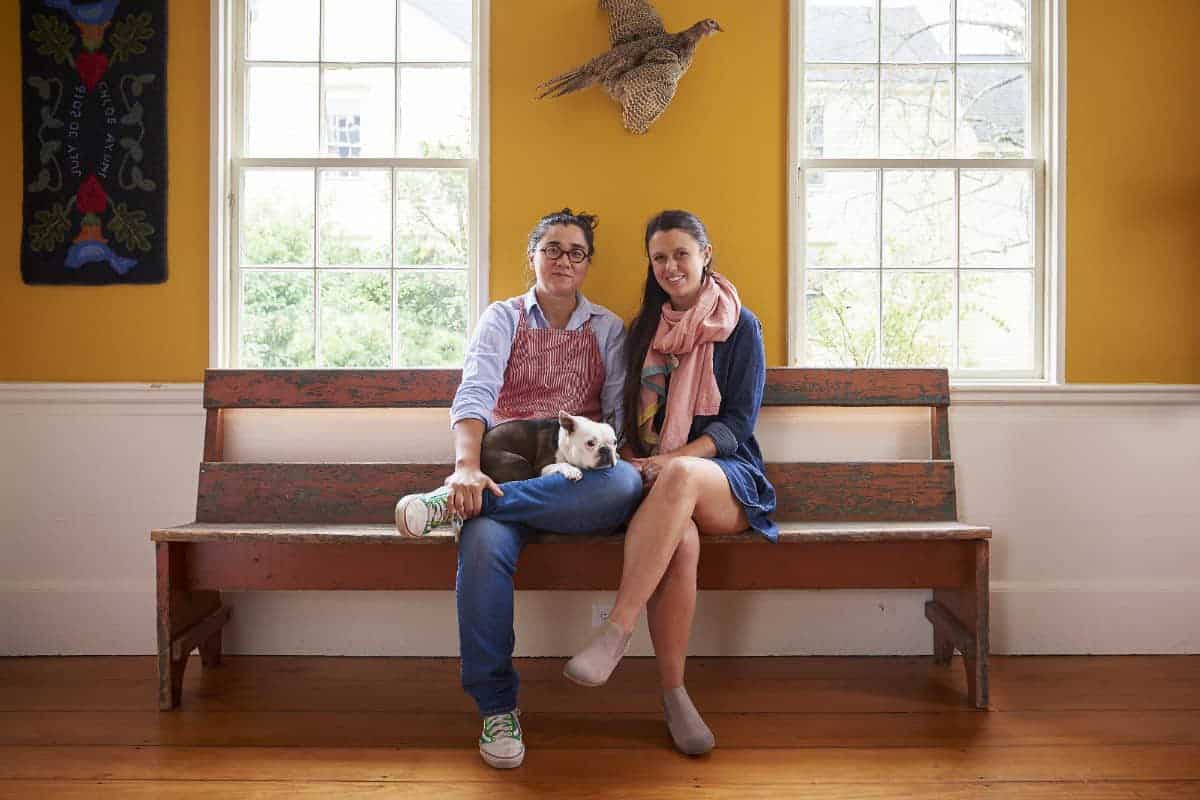
A grouse hangs above Ayumi Horie, her wife Chloe, and their French bulldog, Clover. Photo by Aaron Flacke
5. A Stuffed Grouse
The stuffed bird in the entryway could be a pheasant or grouse, so a text for clarification to the resident game bird expert is in order. A photo is sent with a discreet message: “Is this a grouse?” He writes back immediately: “It’s two women and their dog.” Then: “And a grouse.”
6. A Custom Sideboard
Few, if any, of the dishware pieces in the Horie kitchen sideboard are part of a conventional set, and while most are, unsurprisingly, handmade, very few are Ayumi’s own work. “I hope that all the things I do are generative in some way and create a spirit of sharing, and aren’t just about navel-gazing,” she explains, and mentions that she has no need to feed her own ego with her craft.
The sideboard was custom designed to fit her salad and dinner plates—the result of a barter with Hudson Valley woodworker Andrew Hunter. The pots were mostly made by friends and other makers. Some are Japanese antiques, and the few that are hers are largely included because Chloe wants them around. Ayumi considers them markers of how her aesthetics have changed over time and where she’s been in the world. “What ties it all together is the owner’s aesthetic,” she notes. “In some ways, the future of handmade ceramics depends on the idea that [those] pots aren’t part of a conventional set.”
7. Last Year’s Wood Stack
Ayumi’s interest in examining temporality and impermanence in her craft extends to her day-to-day life, as one might imagine. Ten years ago, she founded the International Society of Woodstack Enthusiasts, a Facebook group designed to explore the nature of crafting something as temporary and ever-changing as one’s winter wood stack, and to allow enthusiasts to compare how different cultures approach the task.
“The point of stacking wood is that it dries out and burns better, and you can do it in a lot of ways. The aesthetic perk is that snow looks really good on a perfectly stacked beehive stack,” Ayumi describes. “And stacking wood is yet another thing that you could do thoughtlessly, or take a little more time and derive real pleasure from it.” At the Horie house, last year’s wood stack was in the shape of a small house, with walls, windows, and a gambrel roof.
Last year’s wood stack may no longer be a physical object in the house, but this conversation with Ayumi has proven that’s clearly just a technicality—and not simply this year’s ashes.
Ayumi Horie
Portland, Maine
Website
Photos by AARON FLACKE

